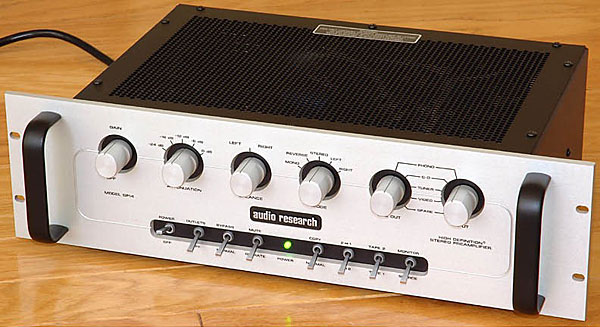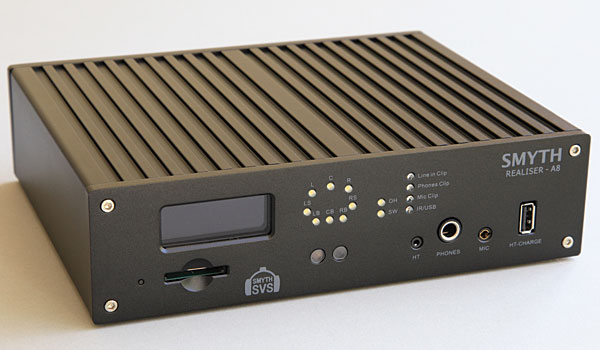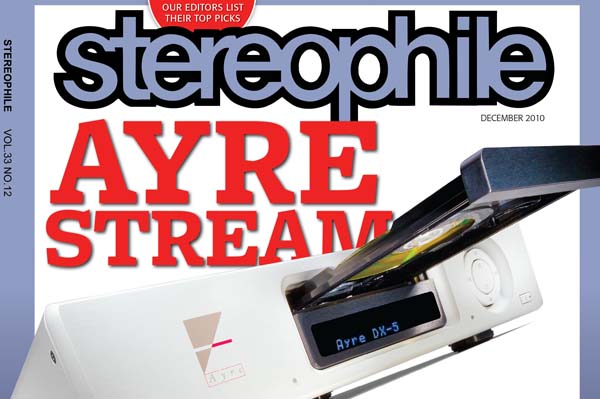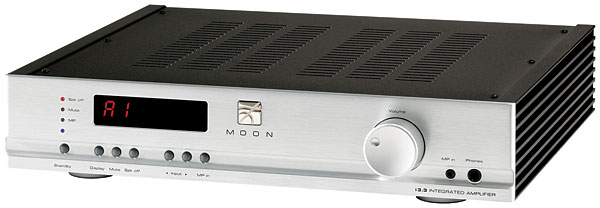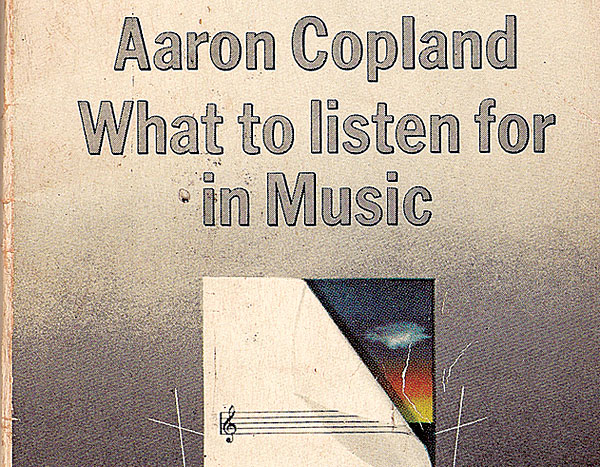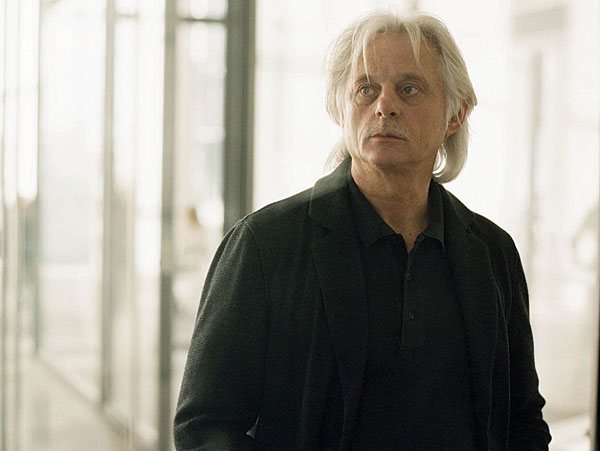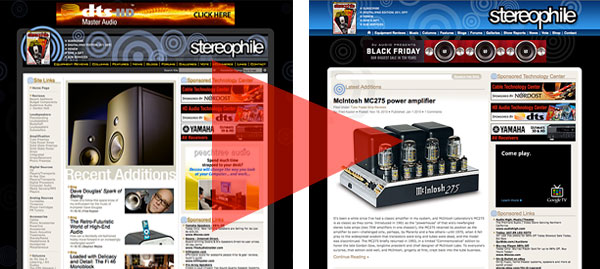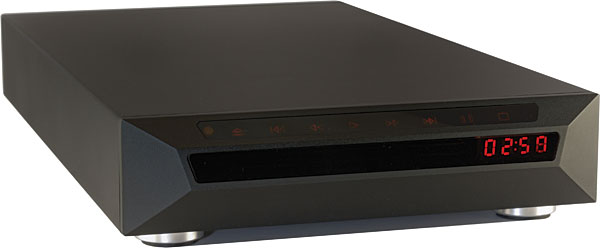LATEST ADDITIONS
Music in the Round #45
Henry Azima: A Mission to Succeed
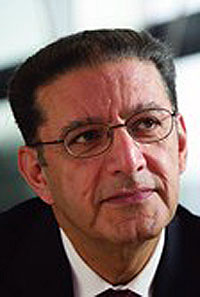 In its first three years, UK hi-fi manufacturer Mission Electronics employed a number of engineers to reinforce the creative talents of founder and hi-fi enthusiast Farad Azima. The lineup included John Bicht, now with Versa Dynamics, and Stan Curtis, now heading up Cambridge Audio. But when Farad's brother Henry"Henry" is actually a nickname and I am sure you can see the derivationjoined the company in 1979, he brought both a much-needed stability, and initiated a considerable degree of commercial success for the company's products. Now resident in Canada, he spends his time commuting between his laboratory in Toronto and the company's headquarters near Cambridge, England (footnote 1). Prior to joining Mission, however, Henry had served in the Iranian Navy for 15 years, an unusual training for an audio engineer. I asked him if this had been an appropriate preparation for the world of hi-fi.
In its first three years, UK hi-fi manufacturer Mission Electronics employed a number of engineers to reinforce the creative talents of founder and hi-fi enthusiast Farad Azima. The lineup included John Bicht, now with Versa Dynamics, and Stan Curtis, now heading up Cambridge Audio. But when Farad's brother Henry"Henry" is actually a nickname and I am sure you can see the derivationjoined the company in 1979, he brought both a much-needed stability, and initiated a considerable degree of commercial success for the company's products. Now resident in Canada, he spends his time commuting between his laboratory in Toronto and the company's headquarters near Cambridge, England (footnote 1). Prior to joining Mission, however, Henry had served in the Iranian Navy for 15 years, an unusual training for an audio engineer. I asked him if this had been an appropriate preparation for the world of hi-fi.
Henry Azima: I had actually been a student in the UK, studying electronic engineering at the University of Surrey in Guildford. When I left the Navy in 1979 after the revolution in Iran, I moved to the UK and got a job with my previous University as an Assistant Lecturer and Researcher. However, Farad then asked me out of the blue to join Mission. I said, "Well, I have no idea about hi-fi, and stuff like that." He said, "You will learn, there's no problem!"
Now On Newsstands: Stereophile, Vol.33 No.12
How has new music been shaping up for 2010?
Vote to see the results and then set up an account to leave a comment about your choice.
Simaudio Moon i3.3 integrated amplifier
As I grew older, I discovered that using specialized tools for a given job was generally easier, faster, and more pleasurable than using my Swiss Army knife's utilities. Though I could cut a tent's ground cloth with my knife's scissors, a plain-Jane pair of Fiskars worked much better, an OXO can opener got me into those baked beans much faster than my Victorinox could, and even my Swiss Army knife blade didn't stay as sharp or fit in my hand as well as a simple Buck knife. Still, there was no doubt that my Swiss Army knife was a great tool and a good value, even if it was never the best tool for a specific task. To put it another way: The value of my Swiss Army knife was broad but shallow, while the value of something like my OXO can opener was narrow but deep.
Listening #95
Just as car magazines are filled with descriptions of how fast their subjects don't go and how surely they don't stop, magazines such as ours are filled with descriptions of how neutrally our subjects don't play tones, and how precisely they don't place images in space.
Manfred Eicher: A Magnificent Obsession
"When I listen back to them, I know the story of every record," he says without a smile or a moment's hesitation. "There is never an easy record. Every record needs a lot of input and concentration and dedication and passion to be made, that's clear. Create an atmosphere that is a productive search for music, and when this is the case, you have very memorable records."
Shift Happens
We'd have to go back to September 2005 to recall the last major changes made to our website. It was then that we began adding our forums and blogs, which moved slowly at first, went through some growing pains, and finally became some of our most popular online destinations. About a year later, we made other minor revisions, altering the look and feel of our site to make it friendlier, more attractive, and easier to use.
These were all great moves, but the nature of the Web demands near-constant renewal. The time had come for some tube-rolling. Or, if you prefer, we needed to augment our physical media with a high-res, lightning-fast, computer-based system. Look at it however you like. The situation was clear: We were overdue for a facelift.
NuForce CDP-8 CD player
"A CD player," I said.
"They're still making those?"
Yesand better than ever, for the most part. But I understood Mark's confusion. When a "Vote!" question on the Stereophile website asked readers what digital source components they used, a surprising number responded that they did not, or hadn't bought a dedicated player in years. Topping the list were computers and universal players.

